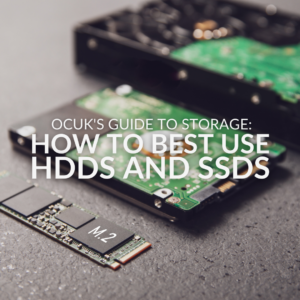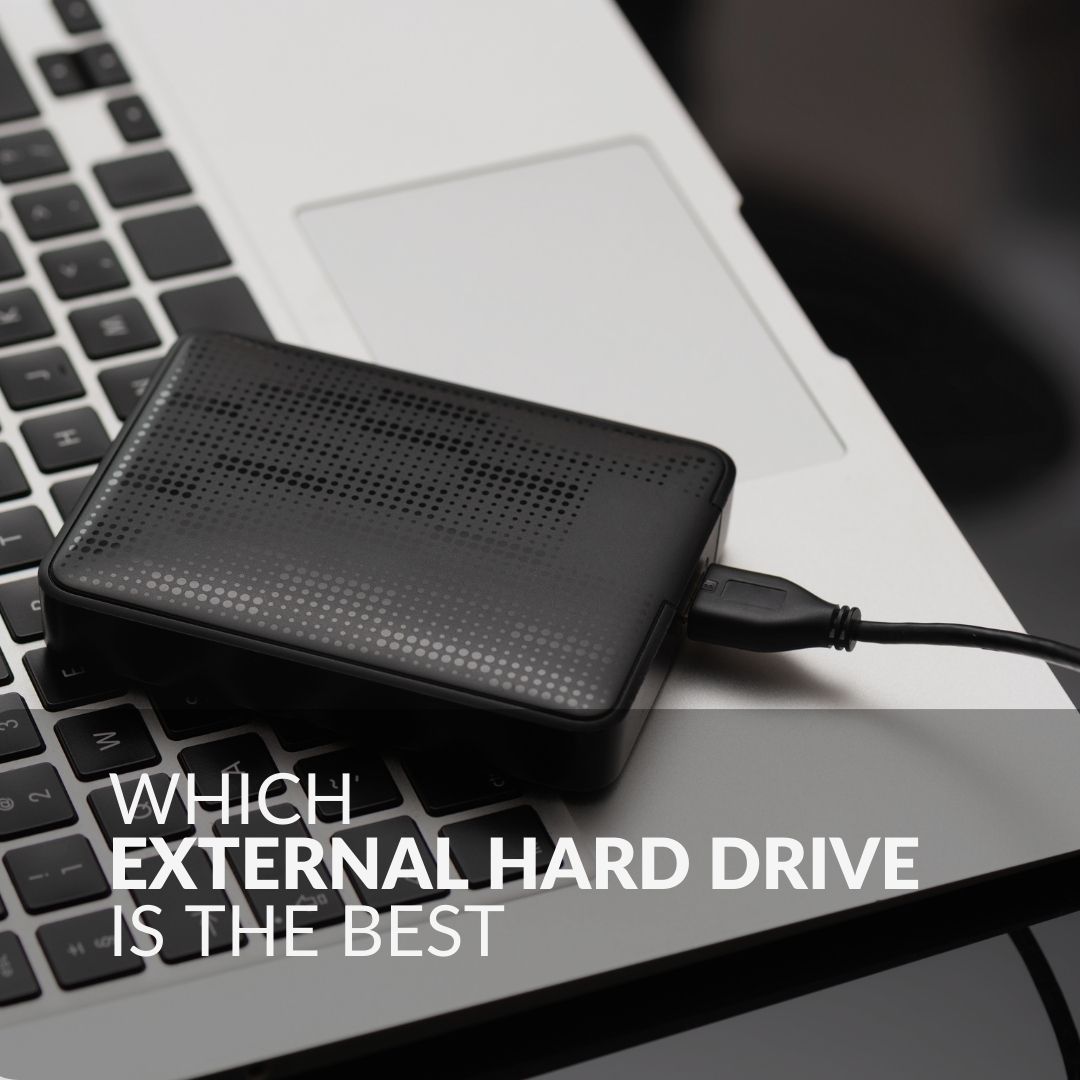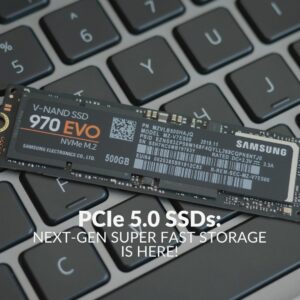Cloning a hard drive is an incredibly useful trick for those looking to back up files, upgrade your storage solution, or copy your data between multiple PCs.
It might sound like a super scary, complicated process but in fact, it’s the exact opposite! With our handy hard drive cloning guide, you’ll find the entire process super simple and easy to do, allowing you to get back to the more important things, *cough cough* gaming and snacking *cough*…
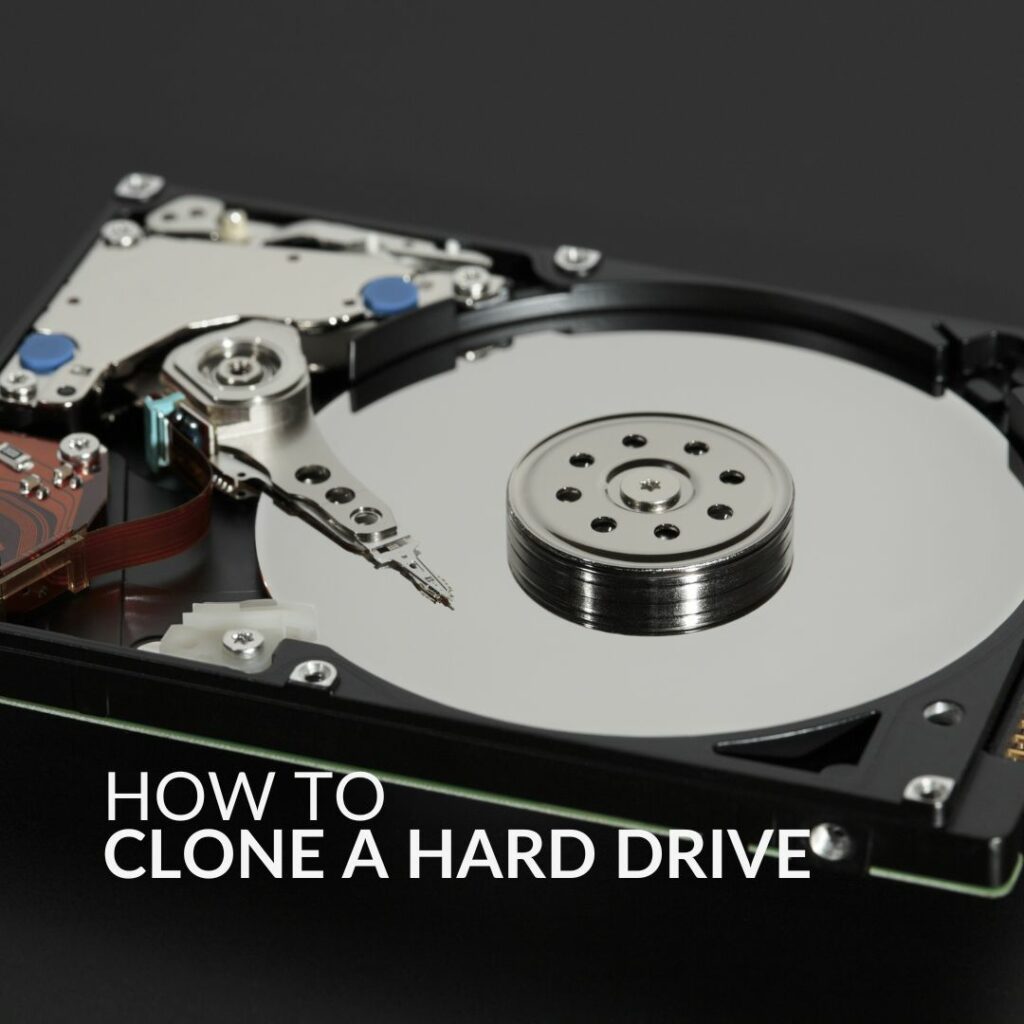
Why Should I Clone My Hard Drive?
Hard drive cloning allows you to create a duplicate 1:1 copy of your drive with all the images, videos, and files that you have stored there. It is especially useful if you are looking to back up your files, upgrade your storage solution to a larger hard drive, or even move your data between systems.
Advantages:
- Allows you to create an exact 1:1 copy of your hard drive
- Easy to do – doesn’t require any overly complicated steps
- Fast process
- No image or file compression
Disadvantages:
- Requires a secondary hard drive with either the same or a larger capacity of your original hard drive
- Can’t select individual files or folders you wish to clone
How to Clone:
Now that we’ve covered why you should clone a hard drive, let’s move on to how you do it! There are two ways you can do this – you can opt to create a system image or complete carbon copy clone.
Before you begin either method, you’ll need to ensure that your new drive is installed or connected to your PC.
Create a System Image:
Creating a system image allows you to capture a copy of your drive. All your files, applications, software, and even operating system are duplicated, which allows you to move the whole lot over to a brand-new drive.
Both Windows 10 and 11 include built-in features to help you create a system image.
In Windows 10, head over to Start > Settings > Update & Security > Backup > Backup & Restore (Windows 7).
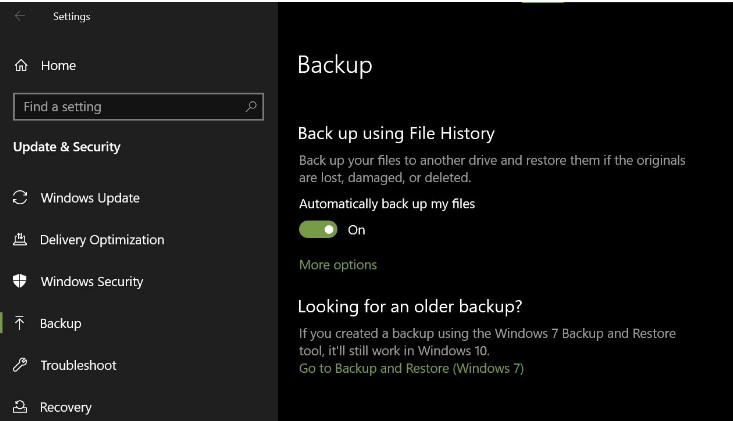
From here, select ‘Create a System Image’ and then ‘On a Hard Drive’, make sure your hard drive is selected in the drop-down list. After this, follow the on-screen instructions to successfully create a system image
Alternatively, in Windows 11, go into Control Panel > System & Security > Backup and Restore (Windows 7).
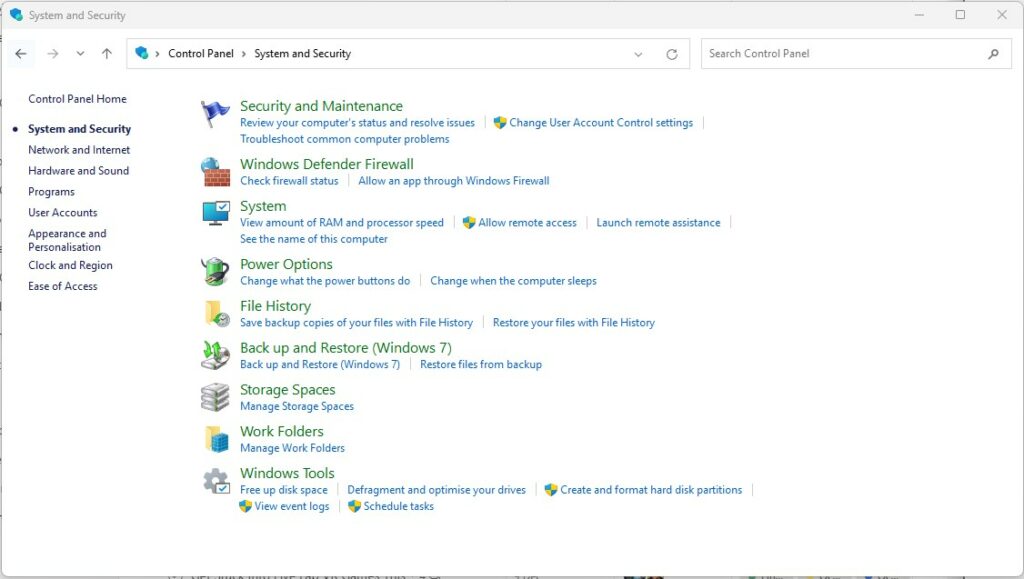
Select ‘Create a System Image’ > ‘On a Hard Drive’ > Click on which hard drive you want from the drop-down menu. Then simply follow the instructions on-screen to create your system image.
Create a Drive Clone:
First up, you’ll want to download a dedicated hard drive cloning software. There are multiple high-quality free ones that you can access including:
In this guide, we’ll be using Macrium Reflect Free to show you how to clone a hard drive.
To install Macrium Reflect Free, you’ll need to download the ‘Home Use’ installer and simply start it up. Once this has been downloaded, it’ll automatically launch to Macrium installation wizard, which you can follow the steps through to safely install the software on your PC.
Once it’s installed, open up Macrium Reflect, and you should see a detailed list of all the drives that are connected to your PC. Here, you’ll also see two main options. You can either directly clone one drive to another, or alternatively, create an image of a drive. In this instance, you’ll want to clone your drive.
To do this, select the drive you want to copy, press ‘Clone this Disk’, and then choose the new drive where you wish for your duplicate copy to go. This will delete all data on the drive before it copies, so please make sure you are selecting the correct drive!
From here you can choose to either schedule when you want to clone the hard drive or just jump straight into it.
Boost Your Storage Capacity!
Don’t forget if you want to clone a hard drive, you’ll need to make sure you have a secondary drive to store your duplicate copy on! Thankfully, we’ve included our top SSD and HDD choices down below. Alternatively, you can browse the full range by clicking the button below.
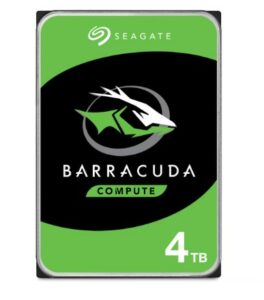
Seagate 4TB Barracuda Internal Hard Drive:
- 4TB storage capacity
- 3.5” internal hard drive
- 256MB cache
- 5400RPM
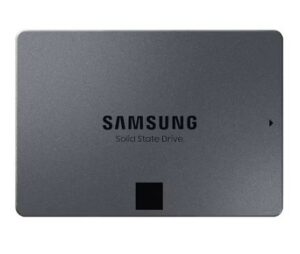
Samsung 4TB 870 QVO SATA SSD:
- 4TB storage capacity
- 2.5” internal drive
- 3D-V NAND technology
- 560MB/s read speed
- 530MB/s write speed

